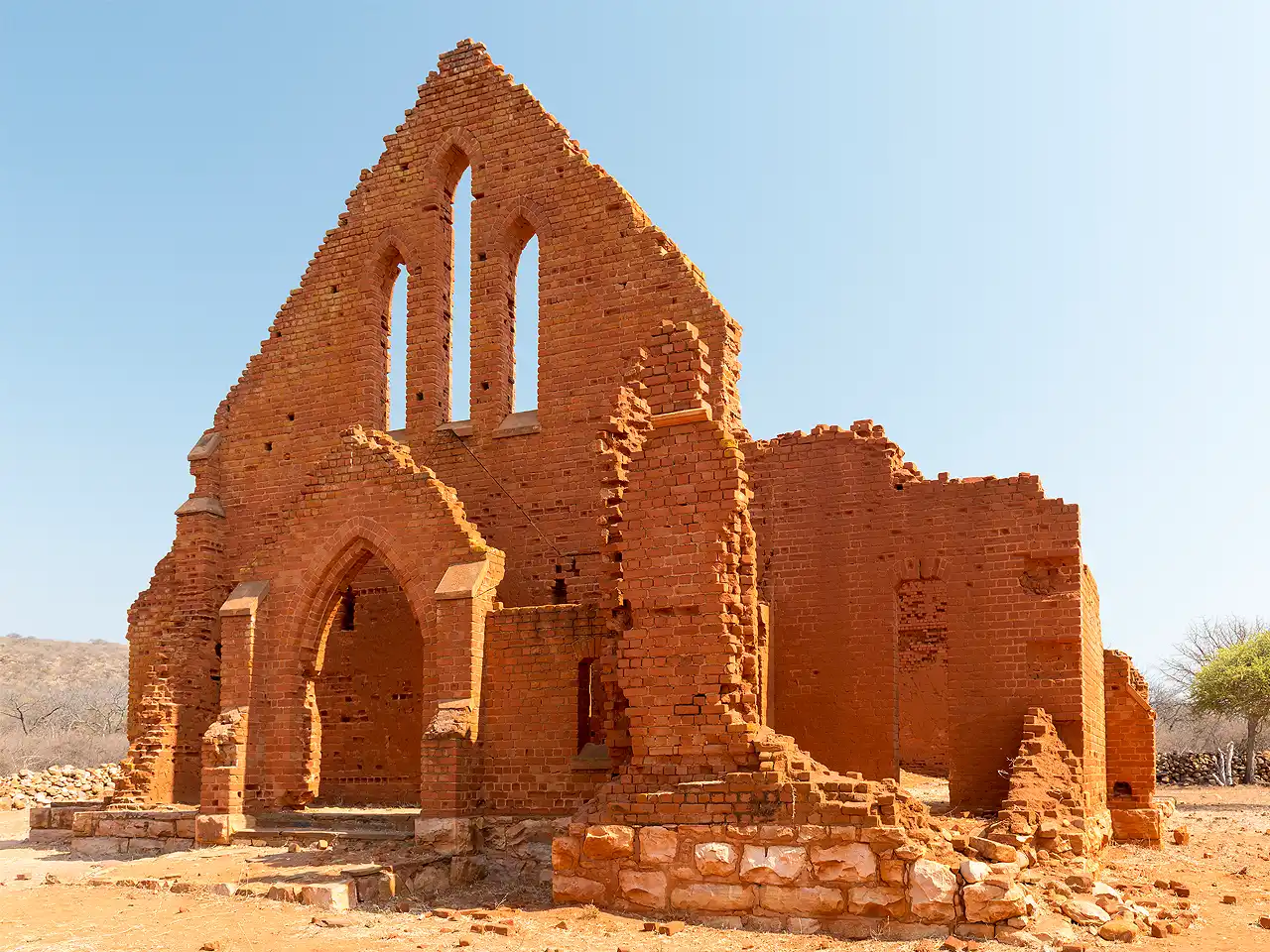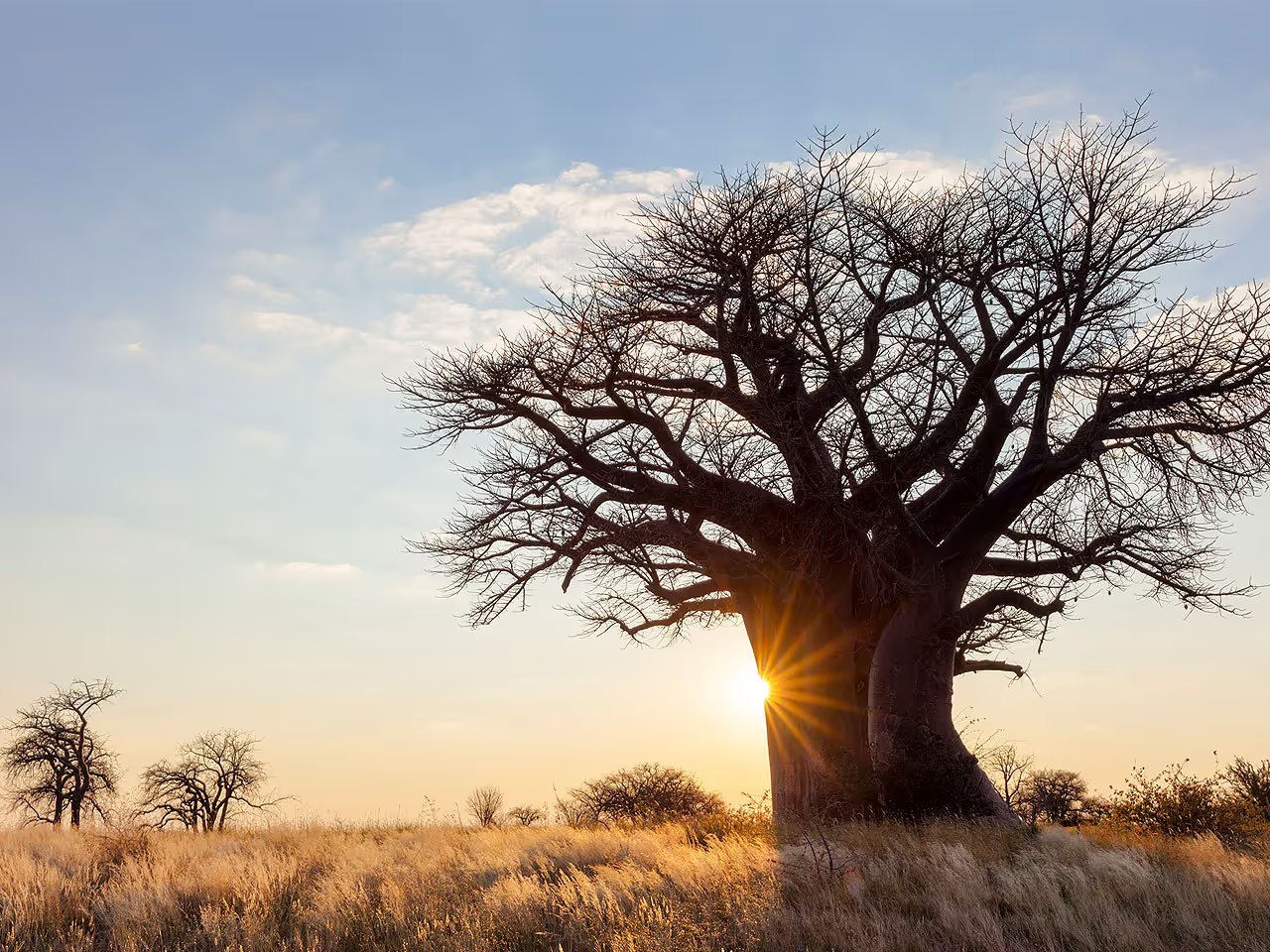




The Batswana people form the cultural heart of this region, with traditions and customs that have shaped Botswana’s identity for centuries. Known for their warmth, resilience and strong sense of community, they live in large villages that are among the oldest and most significant in the country. Family ties, cattle farming and a deep respect for the land remain central to daily life here, while music, dance and storytelling keep cultural heritage alive. Though this is the most populated corner of Botswana, it still feels spacious, with village life blending seamlessly into the surrounding bush.
Steeped in it, and home to some of the most significant paleontological and archaeological remains on the subcontinent. From ancient San hunter-gatherers to Iron Age settlers, this is a landscape layered with stories.

Now this is for you if you’re interested in rhino. These odd-toed ungulates have been an important part of a wide range of ecosystems for millions of years. Now humans have led to their catastrophic near-extinction. The Khama Rhino Sanctuary was created in 1989 to conserve Botswana's dwindling horned dwellers.
There are over 30 white and two black rhino at the reserve and, unsurprisingly, it’s one of the best places in Botswana to see white rhino. They’re the result of an intensive reintroduction and breeding program over the last 20 years. Major celebrations were held when the first baby black rhino was born in 2008. The park has also reintroduced rhino into many surrounding reserves and parks. The Moremi Game Reserve as well as Makgadikgadi and Northern Tuli Game Reserve have all received rhinos. Due to the threat of poachers, the sanctuary is patrolled by the Botswana Defence Force who are based just outside.
The 4,300 hectares of land the sanctuary covers is also home to more than 30 other game animals and 230 bird species. Khama Rhino Sanctuary Trust also provides economic benefits to the local community through tourism. You can stay here in self-catering accommodation or you can camp. You can also join guided game drives in the day and at night. It’s a great opportunity to see animals such as leopard, hyena and caracal.
It’s not far from Francistown, Botswana’s second city, and is about 25km outside of Serowe, one of the largest traditional villages in Africa.
Just down the road is Serowe, one of Africa’s largest traditional villages. On top of Thathaganyana Hill lies the Royal Cemetery, where members of the Khama dynasty are buried, including Sir Seretse Khama – Botswana’s founding president. Khama III’s grave is marked by a bronze duiker, the Bangwato totem. To dig deeper, the Khama III Memorial Museum in town tells the family story, along with exhibits on San culture, snakes and even insects.
We’re not kidding – these hills are seriously old. They rise nearly 400 metres above the plains and are made of sandstone, ironstone and quartzite. Over 350 bird species have been recorded here, including Cape vulture and black eagle, as well as mammals like baboons, leopard and dassies.
Among the hills you’ll find the Moremi Gorge, a designated National Monument with three permanent waterfalls. It’s lush, sacred, and spiritually important to the local community - some of the earliest traces of Bantu speaking people in Southern Africa have been found in the gorges at Tswapong. Fragments of pottery dating back to the first millennium have been found. As have iron smelters and rock art.

At the foot of the hills sits Old Palapye, an important multicultural site containing artefacts from the Middle Stone Age, Late Stone Age and Early Iron Age. Later, in the 19th century, it was the capital of the Bangwato under Khama III. When water supplies dwindled they left and eventually established their new capital at Serowe, where it remains today. Today you can see stone walls, rock paintings, graves, and the skeletal remains of a London Missionary Society church built in 1891.
Up north, Francistown is one of Botswana’s oldest towns and the site of Southern Africa’s first gold rush. It’s not the most inspiring place, but it makes a handy stopover. Pop into the Supa-Ngwao Museum, set in the 100-year-old Government Camp, for a glimpse into local and regional culture.

The Tuli Block, tucked into Botswana’s far eastern corner where the country meets South Africa and Zimbabwe, is unlike anywhere else in Botswana. Known for its dramatic red sandstone outcrops, ancient baobabs and the country’s largest private game reserve, it’s home to vast herds of elephant, big cats, rich birdlife and fascinating archaeological sites. A hidden gem that feels both wild and historic, it’s well worth its own spotlight - read more about the Tuli Block here.
So, you see, the east is worth it. Botswana is one of Africa’s greatest wildlife destinations and the east has it all – bushmen, baobabs and big beasts. And don’t forget, ‘overlooked’ also means fewer tourists… win-win.




"A dream come true"
We had the most amazing family holiday, everything worked so perfectly, the arrangements and accommodation was spectacular!
"Unforgettable trip to Namibia – Thank you Namibia Tours & Safaris!"
We are a group of four from Romania and spent 3 unforgettable weeks in Namibia. We can't recommend them enough, and for any future travels in Namibia or other parts of Africa, we will definitely use their services again.
"We had a great experience"
From the time we put the key in the ignition till we boarded the plane in Windhoek nothing went wrong.
"Unforgettable bird photography trip in Namibia"
It was a fantastic experience, everything was very well organised, went smooth and according to expectations. It was our first self drive in Africa and it was a great, unforgettable time.